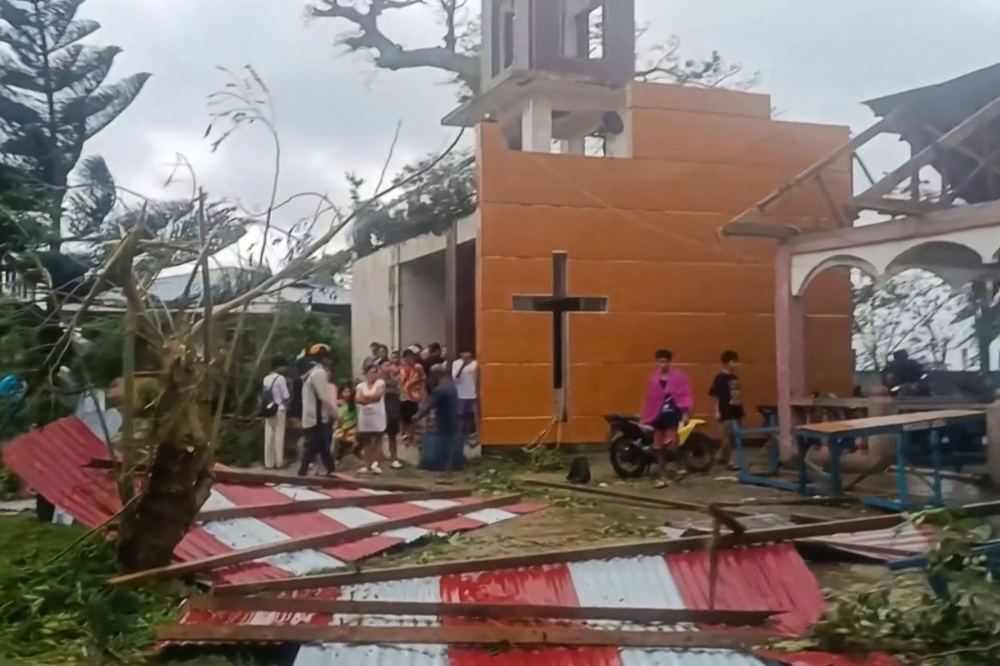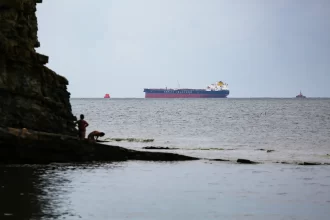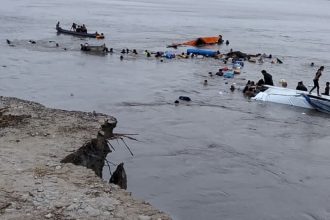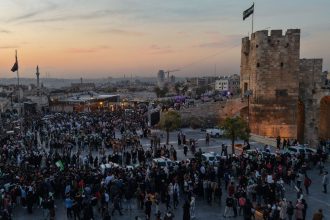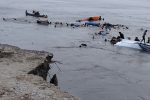MANILA, Sept 26 — The Philippines is once again grappling with tragedy as Severe Tropical Storm Bualoi ripped through the country on Friday, leaving three confirmed dead, over 400,000 evacuated, and countless homes destroyed — all while the nation is still reeling from the impact of Super Typhoon Ragasa just days prior.
According to civil defence officials in the Bicol region of southern Luzon, the fatalities occurred when powerful winds toppled walls and uprooted trees, with Bualoi sustaining winds of up to 110 km/h.
In Masbate province, evacuees seeking refuge in a church found themselves at the mercy of nature once more.
“Around 4 a.m., the wind destroyed the door, the windows, and the ceiling of the church,” said Jerome Martinez, a municipal engineer.
“That’s one of the strongest winds I’ve ever experienced. Some children were injured — nothing major, but they needed stitches.”
The storm tore through towns and villages, leaving a trail of shattered rooftops, blocked roads, and snapped power lines. Rescuers reported that many areas were still inaccessible due to fallen trees and utility poles.
“The rain was strong, but the wind was stronger,” said Frandell Anthony Abellera, a rescuer based in Masbate City. “We’re working nonstop to clear roads, but some places are just completely cut off.”
Scenes of Desperation
Verified videos on social media showed families wading through waist-deep floodwaters, or using makeshift boats to navigate streets in the Visayas region, further south.
More evacuations are expected as homes continue to collapse, roofs fly off, and access to basic needs like water and electricity becomes scarce.
“We lost everything in seconds,” said one survivor, holding her daughter close while standing near the remnants of her home. “No warning could prepare us for this.”
Recurring Tragedy in the Philippines
The Philippines is among the world’s most disaster-prone countries, battered by an average of 20 storms and typhoons annually. Millions live in vulnerable coastal or low-lying areas, where poverty and poor infrastructure make the threat of storms even more devastating.
Climate scientists have long warned that human-driven climate change is intensifying these storms, increasing both their frequency and power.
Meanwhile, public frustration is mounting, not only over the slow pace of recovery from Super Typhoon Ragasa — which killed at least nine people earlier this week — but also over a massive scandal involving fake flood-control projects, which allegedly siphoned off billions from disaster-preparedness funds.
